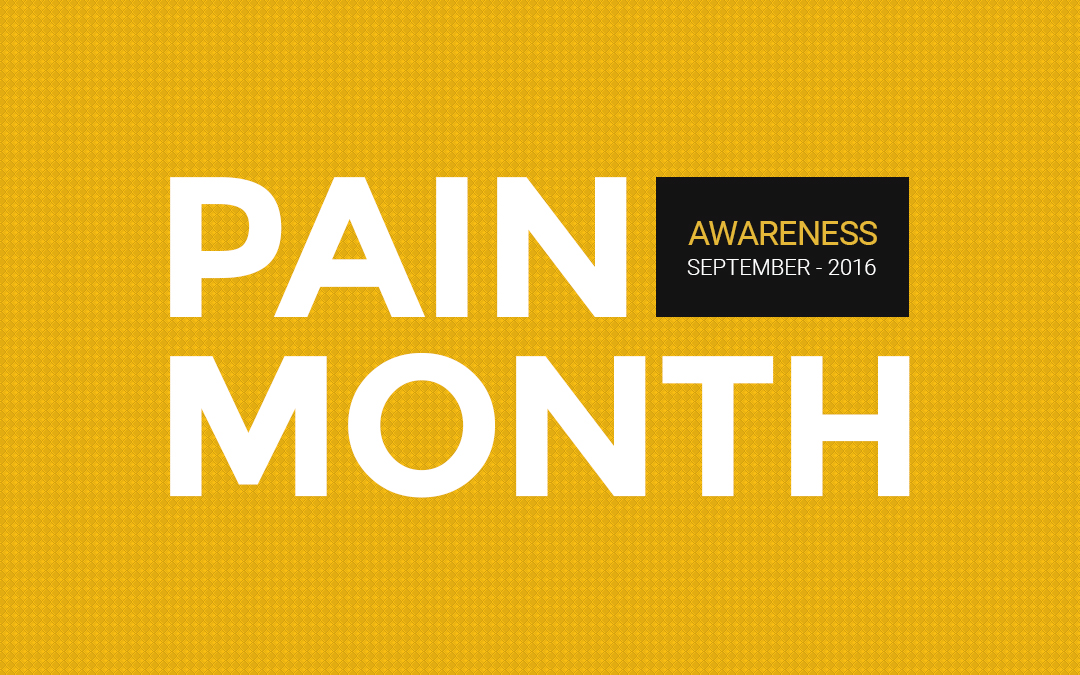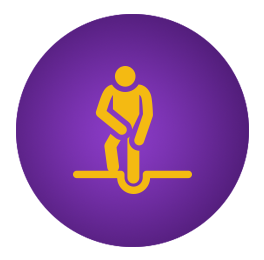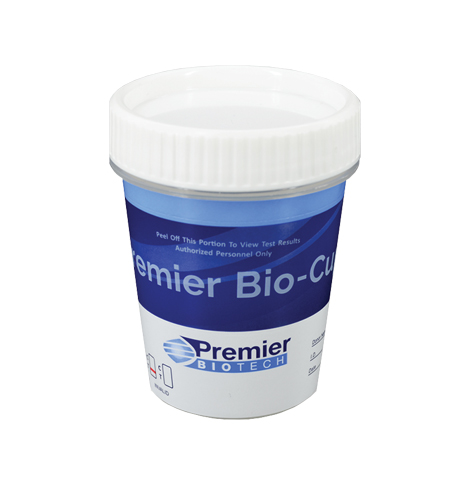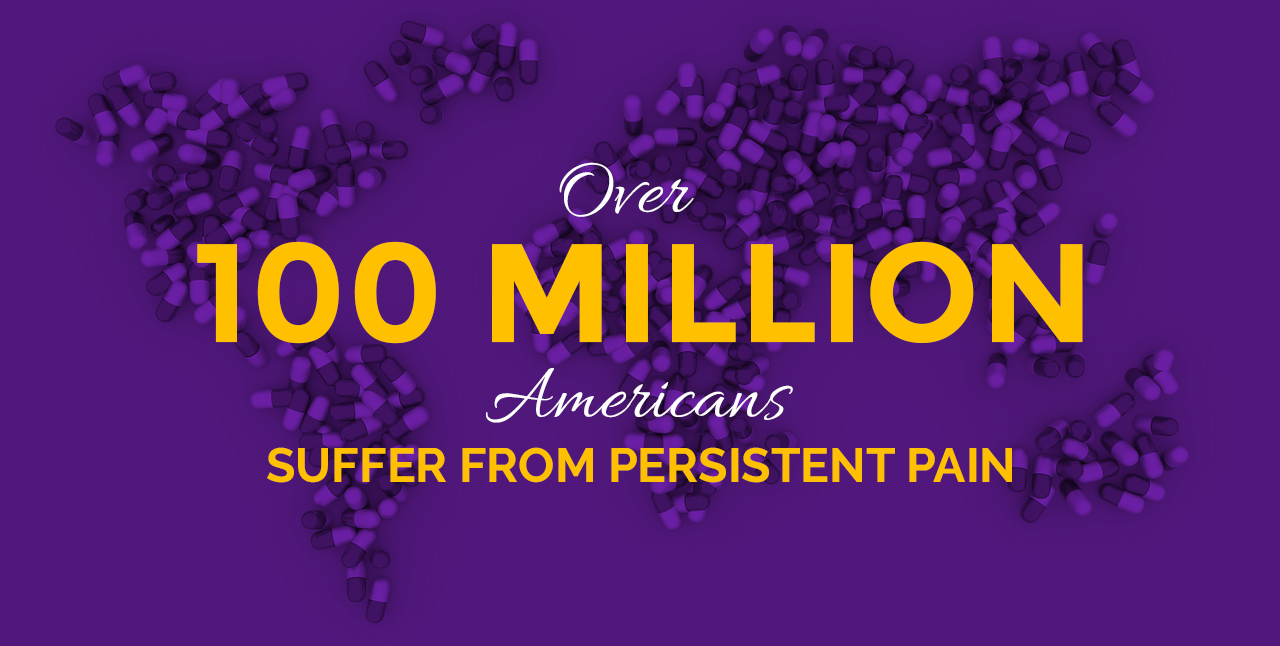September Is Pain Awareness Month

Pain Awareness Month
The month of September in the U.S. has been declared Pain Awareness Month. First established by the American Chronic Pain Association in 2001, the (ACPA) and other organizations throughout the country come together to raise public awareness about the alarming facts surrounding pain and pain management. In addition to assisting individuals suffering with chronic pain, efforts/events held during Pain Awareness Month also looks to benefit medical professionals by highlighting the many new advancements in alternative treatment options being developed to combat over prescribing highly addictive prescription pain medication.






Chronic Pain – An Epidemic Fueling Another
According to the U.S.Bureau of Labor Statistics, chronic pain may be America’s most under-reported epidemic. Though most people are not aware of its pervasiveness, BLS.gov lists it as the country’s primary cause of lost workdays. It affects more people than cancer, heart disease and diabetes combined and it is estimated to cost employers throughout the country as much as $300 billion per year in lost productivity.
Chronic pain affects an estimated 100 million Americans, or one third of the total U.S. population, and it is one of the primary reason Americans are on disability. Although many treatments are available for pain, the number of prescriptions for opioid pain relievers has increased dramatically in recent years. This increase in prescriptions and the abuse by patients seeking narcotic pain medication has fueled the nations current drug abuse epidemic.


Fighting Against Opioid Addiction
Treatment admissions for prescription opioid addiction as well as an increase in fatal overdoses continues to rise throughout the country. As a result, The National Institute on Drug Abuse (NIDA) is working with the public health community to ensure effective and safe solutions for the management of pain. Additionally, this July (2016), the U.S. Department of Health and Human Services (HHS) announced new actions to combat the current U.S. opioid epidemic as well. The actions include expanding access to buprenorphine, a medication to treat opioid addiction. The changes to the rule by the Substance Abuse and Mental Health Services Administration (SAMHSA) allows addiction medicine practitioners who have had a waiver to prescribe buprenorphine for up to 100 patients for a year or more, now they can obtain a waiver to treat up to 275 patients.
Customized Drug Testing Products And Solutions
For Pain Management
Customized urine and oral fluid medication monitoring in pain management provides valuable objective information to assist in diagnostic and therapeutic decision making. Concerns about addiction, drug abuse, and diversion can be major barriers when managing patients suffering from chronic pain. Our CLIA-Waived portfolio contains cups and dips from single to 18 panels that were designed for our customers in hospitals and other clinical settings, including pain management programs.

Contact Us To Discuss Our CLIA-Waived Premier Bio-Cup Configurations
Email us directly to inquire about placing an order for our CLIA-Waived Premier Bio-Cup that tests for relevant drugs of abuse.
To learn more about Pain Awareness Month or information on the concerted efforts in combating chronic pain, opioid abuse and addiction here are a number of helpful resources referenced in this article.
https://innovation.premierbiotech.com
https://theacpa.org
https://www.drugabuse.gov/relatedtopics/pain
https://www.hhs.gov/about/index.html
http://www.bls.gov/home.htm
http://www.samhsa.gov/

